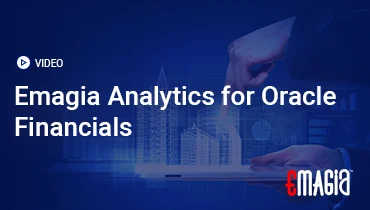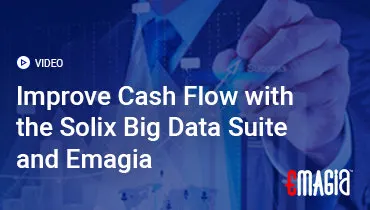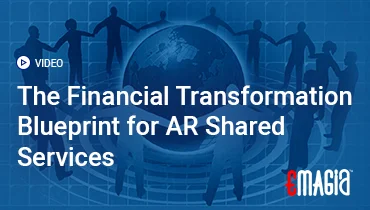Payable on Death is a financial setup that enables an account owner to name specific individuals who will inherit the account’s funds once the owner passes away. This designation bypasses probate, making asset transfer simpler and faster. This guide explains everything you need to know about POD, from legal structure to beneficiary management.
What Is Payable on Death?
Also known as Totten trusts, POD accounts are a type of banking or financial account where the account holder can appoint beneficiaries. When the account holder dies, the designated beneficiary inherits the account balance automatically, without the need for probate. POD designations are commonly used on savings, checking, money market, CDs, and even some brokerage accounts.
The Mechanics of a Payable on Death Designation
To establish a POD account, the account owner needs to fill out a beneficiary designation form, which is typically available through their financial institution. This includes naming one or more beneficiaries. After the account holder dies, beneficiaries must provide a death certificate and a valid form of identification to the bank or institution to access the funds. It’s important to note that these beneficiaries have no rights to the account during the owner’s lifetime.
Types of Accounts Eligible for POD
Most personal bank accounts such as savings accounts, checking accounts, money market accounts, and certificates of deposit (CDs) are eligible for POD designations. Some financial institutions also allow PODs on investment or brokerage accounts. However, trusts and certain commercial accounts typically cannot be designated as POD.
Key Benefits of Payable on Death
POD accounts offer several advantages:
- Avoiding probate: Assets transfer quickly and privately, bypassing the often lengthy and public probate process.
- Simplicity and low cost: Setting up a POD is usually free and requires minimal paperwork.
- Increased FDIC/NCUA coverage: Each named beneficiary increases the insured limit on the account.
- Flexibility: Account holders can change the listed beneficiaries whenever they wish, without going through any legal hurdles.
Potential Pitfalls of Payable on Death
Despite its benefits, POD designations come with some risks:
- Outdated beneficiaries: If a named beneficiary dies before the account holder and no updates are made, the account may go to probate.
- No post-death control: The beneficiary receives the funds outright and can use them as they choose, with no restrictions from the deceased’s estate plan.
- Tax liabilities: Although POD accounts bypass probate, they may still be counted toward the estate’s total value and subject to estate or inheritance tax, depending on the laws in your jurisdiction.
- Creditor claims: POD assets can be claimed by creditors if debts remain unpaid.
POD vs. Other Estate Planning Tools
Here’s how POD compares with other common estate planning instruments:
- POD vs. Will: POD designations override wills for the specific account.
- POD vs. Trust: Trusts offer more control and protection but involve legal setup and maintenance.
- POD vs. Joint Accounts: Joint owners have rights while alive, while POD beneficiaries have rights only after death.
Legal & State-by-State Variations
POD laws may differ slightly across states. Some states require specific forms or restrict PODs to certain types of accounts. Community property states may also impose additional rules if an account is jointly owned.
Step-by-Step Guide: Setting Up a POD Account
- Identify which of your accounts qualify for POD designations.
- To name a beneficiary, obtain the required form from your financial institution and fill it out completely.
- Provide full legal names and identification for beneficiaries.
- Submit the form and confirm the update with your institution.
- It’s wise to periodically review and update your beneficiary details, especially after significant life events like marriage, divorce, or the birth of a child.
Managing & Updating Your POD Designation
Regularly reviewing and updating your POD designations ensures that your assets go where you intend. You can modify your POD beneficiary at any time by submitting a new designation form through your bank or financial provider. This is particularly important after significant life events like marriage, divorce, births, or deaths.
How Beneficiaries Claim POD Assets
When the account holder dies, beneficiaries are required to present an official death certificate along with government-issued identification to claim the account balance.
Special Considerations & Scenarios
There are certain cases where POD may not be the best choice:
- Minor beneficiaries: A guardian or trust may be more suitable.
- Government benefits: Receiving a POD payout could affect eligibility for needs-based assistance.
- Large estates: Estate taxes might still apply, even for POD accounts.
- Legal disputes or divorces: Funds may be subject to legal claims depending on the situation.
Streamline Estate Planning with Emagia
Emagia’s intelligent financial automation platform simplifies estate and financial planning. With Emagia, you can:
- Monitor and manage all POD accounts in a unified dashboard.
- Receive alerts and recommendations when beneficiary updates are needed.
- Access legally compliant forms to set up or revise your POD designations.
- Provide beneficiaries with a secure portal for documentation and communication.
- To ensure a smooth distribution of your assets, it’s helpful to align POD accounts with other estate planning documents such as wills and trusts.
- Optimize your FDIC or NCUA coverage by efficiently using multiple POD accounts.
FAQs
What does Payable on Death mean?
This designation directs a bank or financial institution to transfer ownership of an account’s funds to a chosen beneficiary after the account holder’s death.
Can I change my POD beneficiary?
Yes, you’re allowed to update or change your POD beneficiaries at any time by submitting an updated form to your financial institution.
What if my beneficiary dies before me?
If your designated beneficiary passes away before you and you do not update your account, the funds may go through probate depending on your state’s laws.
Does POD affect probate?
Yes, funds in a POD account are passed directly to the designated person and are not subject to the probate process, although they may still be included in the total value of your estate for tax purposes.
Are POD accounts taxable?
The transfer itself typically isn’t taxed as income, but the funds may still be considered part of your taxable estate and could be subject to inheritance or estate taxes.
Can a trust be named as a POD beneficiary?
Some banks allow you to name a trust as a POD beneficiary, but you should check with your financial institution to confirm.
Are POD funds protected from creditors?
Funds in a POD account can still be accessed by creditors if you have outstanding debts at the time of your death.



